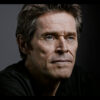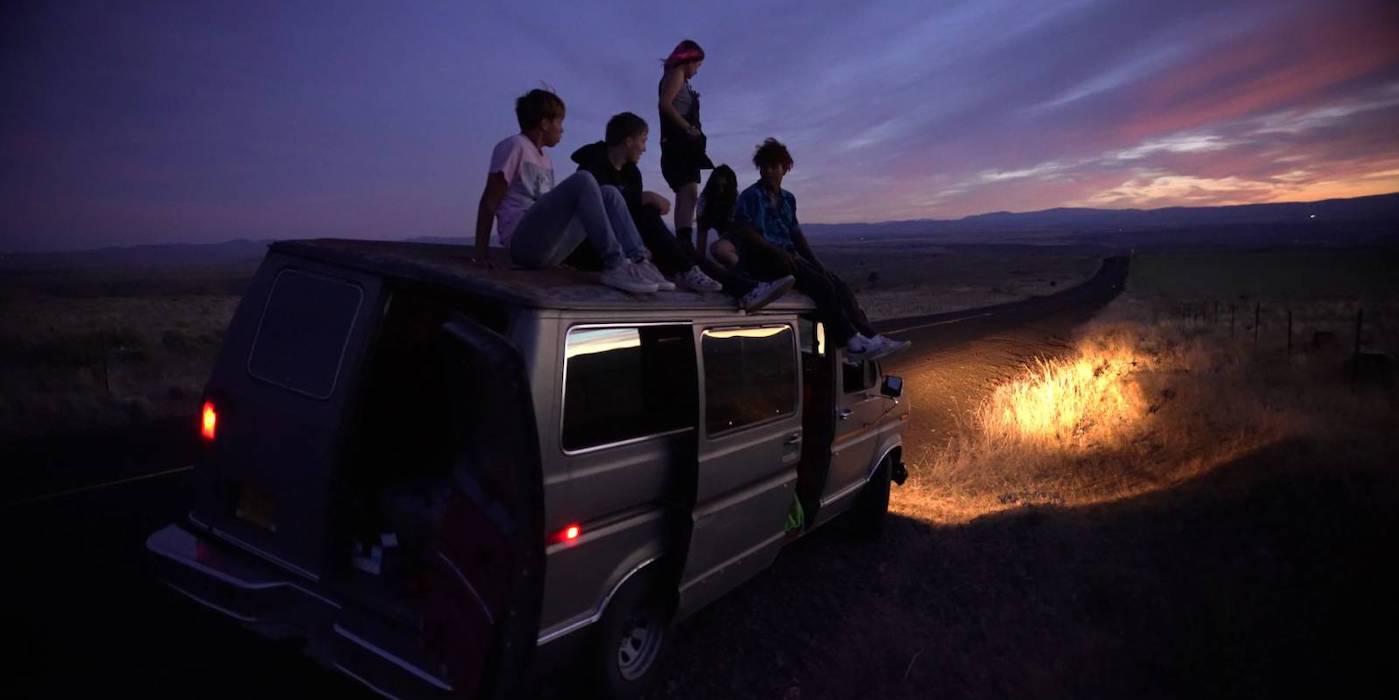Interview with Alberto Battocchi, Trentino Film Commission
Discover how the Trentino Film Commission attracts top productions, boosts local industry, and promotes the region’s culture through innovative film support.
Listeners:
Top listeners:
 play_arrow
play_arrow
ENGLISH Channel 01 If English is your language, or a language you understand, THIS IS YOUR CHANNEL !
 play_arrow
play_arrow
ITALIAN Channel 02 Se l’italiano è la tua lingua, o una lingua che conosci, QUESTO È IL TUO CANALE!
 play_arrow
play_arrow
EXTRA Channel 03 FRED Film Radio channel used to broadcast press conferences, seminars, workshops, master classes, etc.
 play_arrow
play_arrow
GERMAN Channel 04 Wenn Ihre Sprache Deutsch ist, oder Sie diese Sprache verstehen, dann ist das IHR KANAL !
 play_arrow
play_arrow
POLISH Channel 05
 play_arrow
play_arrow
SPANISH Channel 06 Si tu idioma es el español, o es un idioma que conoces, ¡ESTE ES TU CANAL!
 play_arrow
play_arrow
FRENCH Channel 07 Si votre langue maternelle est le français, ou si vous le comprenez, VOICI VOTRE CHAINE !
 play_arrow
play_arrow
PORTUGUESE Channel 08
 play_arrow
play_arrow
ROMANIAN Channel 09 Dacă vorbiţi sau înţelegeţi limba română, ACESTA ESTE CANALUL DUMNEAVOASTRĂ!
 play_arrow
play_arrow
SLOVENIAN Channel 10
 play_arrow
play_arrow
ENTERTAINMENT Channel 11 FRED Film Radio Channel used to broadcast music and live shows from Film Festivals.
 play_arrow
play_arrow
BULGARIAN Channel 16 Ако българският е вашият роден език, или го разбирате, ТОВА Е ВАШИЯТ КАНАЛ !
 play_arrow
play_arrow
CROATIAN Channel 17 Ako je hrvatski tvoj jezik, ili ga jednostavno razumiješ, OVO JE TVOJ KANAL!
 play_arrow
play_arrow
LATVIAN Channel 18
 play_arrow
play_arrow
DANISH Channel 19
 play_arrow
play_arrow
HUNGARIAN Channel 20
 play_arrow
play_arrow
DUTCH Channel 21
 play_arrow
play_arrow
GREEK Channel 22
 play_arrow
play_arrow
CZECH Channel 23
 play_arrow
play_arrow
LITHUANIAN Channel 24
 play_arrow
play_arrow
SLOVAK Channel 25
 play_arrow
play_arrow
ICELANDIC Channel 26 Ef þú talar, eða skilur íslensku, er ÞETTA RÁSIN ÞÍN !
 play_arrow
play_arrow
INDUSTRY Channel 27 FRED Film Radio channel completely dedicated to industry professionals.
 play_arrow
play_arrow
EDUCATION Channel 28 FRED Film Radio channel completely dedicated to film literacy.
 play_arrow
play_arrow
SARDU Channel 29 Si su sardu est sa limba tua, custu est su canale chi ti deghet!
 play_arrow
play_arrow
“Conversation with” at the 20th Marrakech IFF, interview with actor Willem Dafoe Bénédicte Prot

 play_arrow
play_arrow
"Gasoline Rainbow", interview with directors Bill and Turner Ross Sarah Bradbury
The roots of “Gasoline Rainbow” began during lockdown. As we all yearned for freedom, directing duo Bill and Turner Ross began to wonder who must be feeling that yearning more acutely than the younger generation, and their ideas for a film began to accumulate under “Episodes of Delinquency”.
After casting five first-time teenage actors from skate parks and other city spaces, they encouraged their personalities and characters to drive the story, with only a very loose outline of a script and various scenarios on a trip across the American West through deserts and industrial backwaters to the Pacific Coast, allowing them to tell their own story on their own terms. What they found was far less full of delinquency and cynicism than they had imagined, but rather a group full of curiosity and excitement about the world, a snapshot of a generation more open and inclusive than those who’ve gone before.
Despite the precariousness of many of the moments captured, with each day of the shoot like “threading a needle”, the Ross brothers shared how they became like a family, supporting each other in the face of many a wild escapade.
The gritty and punk rock-edged film populated with outsiders and misfits doesn’t shy away from the flaws of modern-day America, with stories of unstable homes, addiction and troubled live on the margins peppered throughout, but through the eyes of those coming-of-age, there’s a brimming sense of hope and optimism about the future and the American Dream, as Turner Ross put it: “If you told them the frontier was dead, the dream was no more, they would argue against that and still find their own. It’s what we’ve all done for generations.”
With high school in the rearview, five teenagers from small-town Oregon decide to embark on one last adventure. Piling into a van with a busted tail light, their mission is to make it to a place they’ve never been—the Pacific coast, five hundred miles away. Their plan, in full: “Fuck it.” By van, boat, train, and foot, their improvised odyssey takes them through desert wilderness, industrial backwaters, and city streets. Along the way, they encounter outsiders from the fringes of the American West and discover that the contours of their lives will be set by trails they blaze themselves. They are forgotten kids from a forgotten town, but they have their freedom and they have each other, hurtling toward an unknowable future—and The Party at the End of the World.
Written by: Sarah Bradbury
Film
Gasoline RainbowFestival
Mostra del Cinema di VeneziaNo related posts.
todayNovember 20, 2025 2
Discover how the Trentino Film Commission attracts top productions, boosts local industry, and promotes the region’s culture through innovative film support.
todayNovember 17, 2025 2
At the Festival del Cinema Europeo, producer Louise Vesth reveals Lars von Trier’s new film After and an ambitious 100-episode project.
Berlinale 2026 will award the Honorary Golden Bear to Michelle Yeoh, celebrating her four-decade contribution to global cinema.
The Bad Boy and Me, at the 23rd Alice Nella Città marks social-media phenomenon and influential Content creator Noah Beck’s debut as actor.





© 2023 Emerald Clear Ltd - all rights reserved.